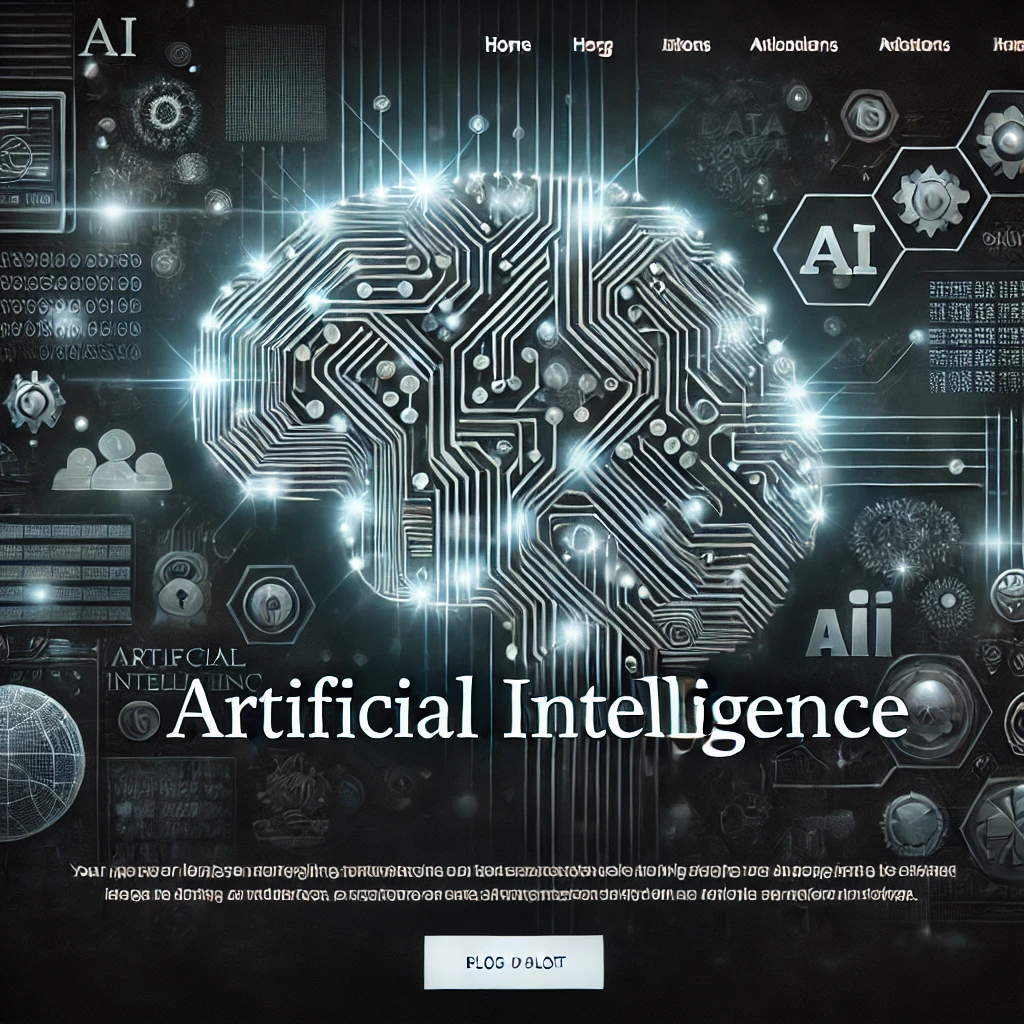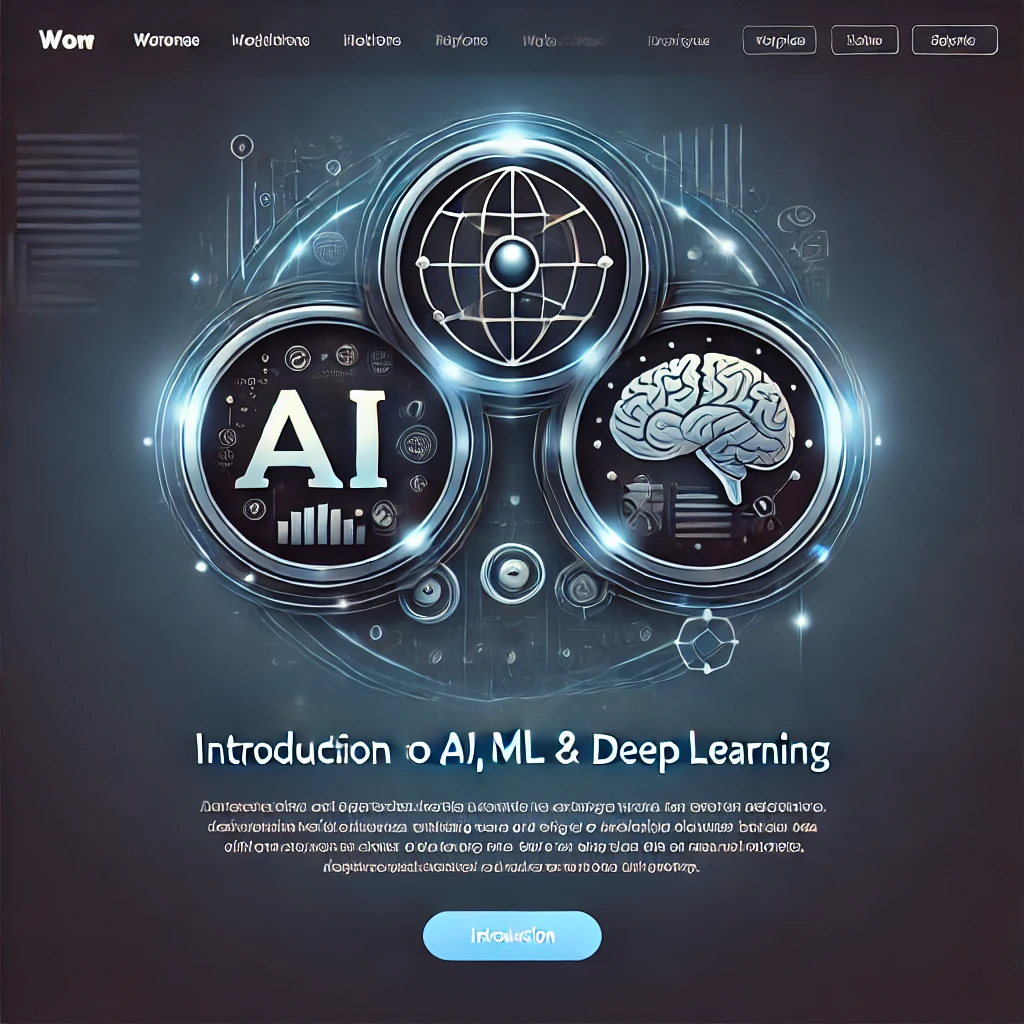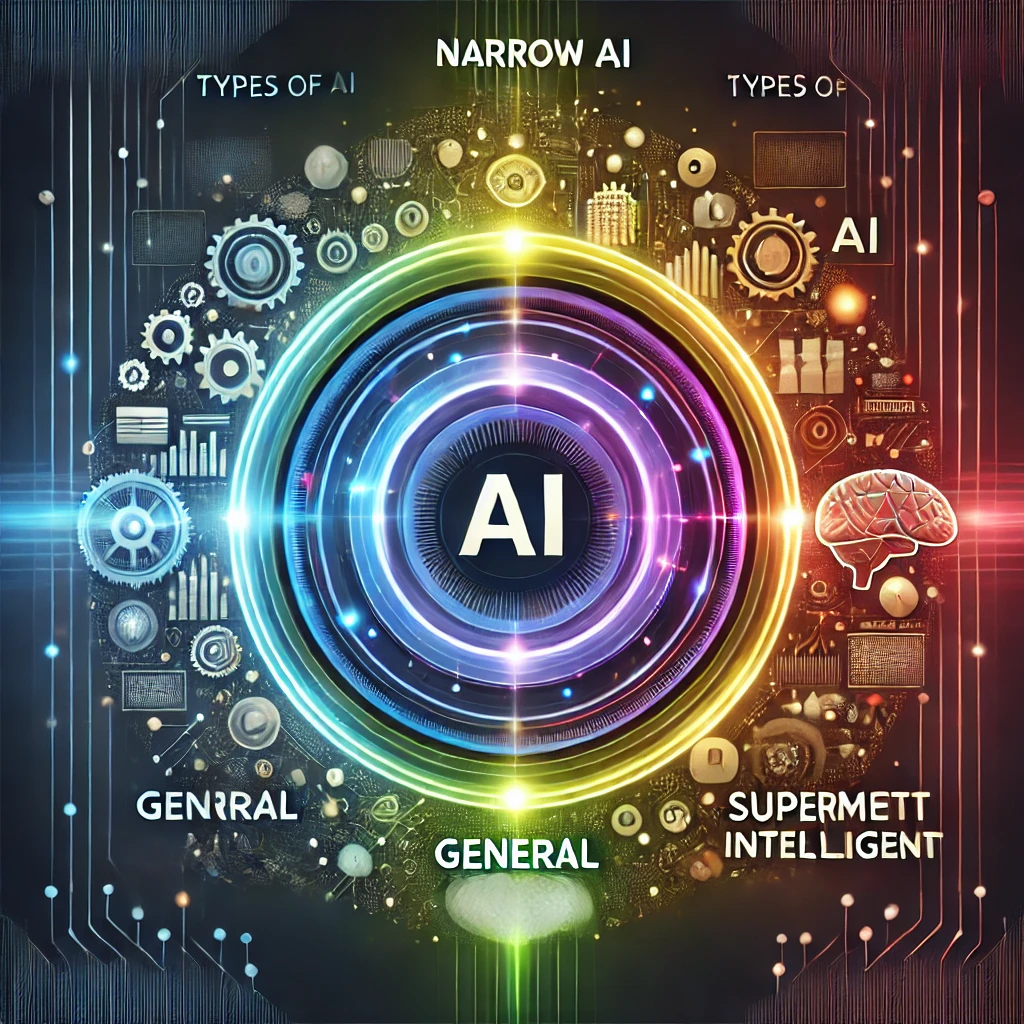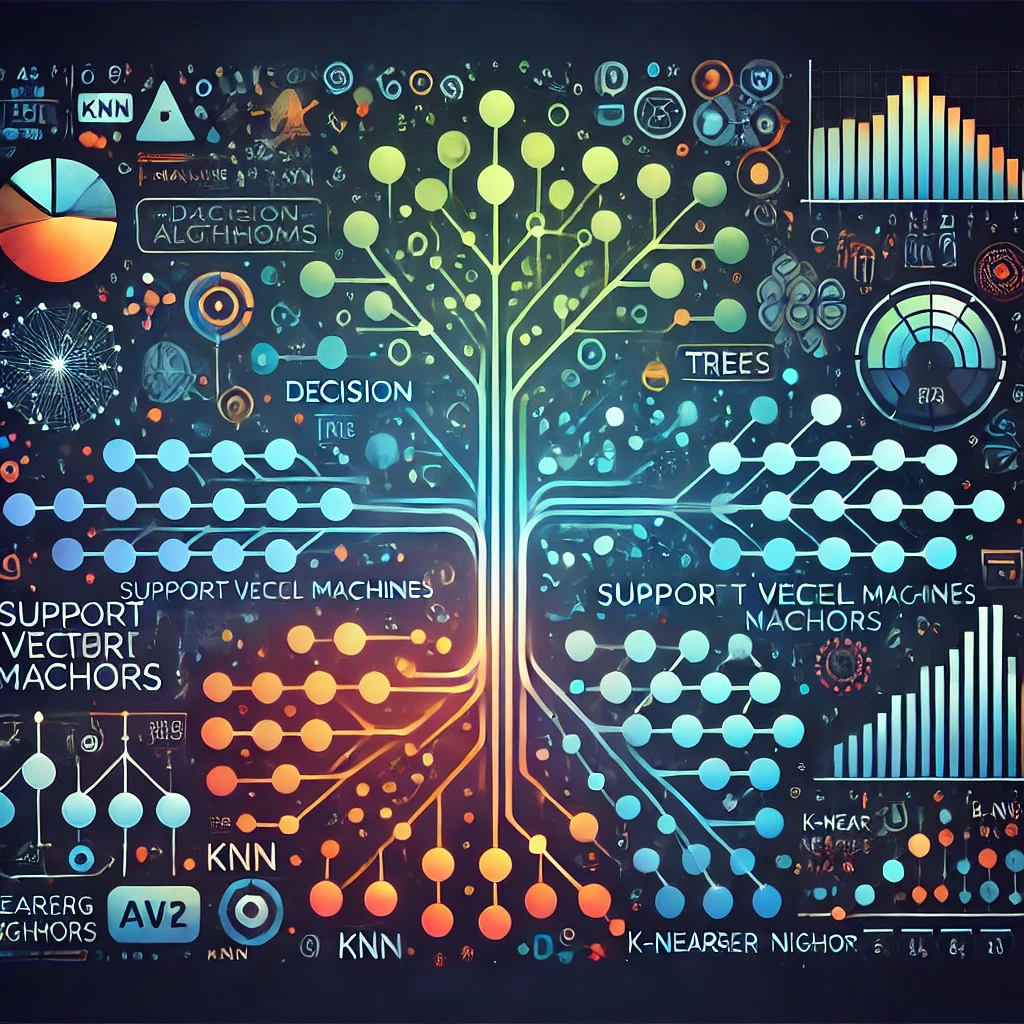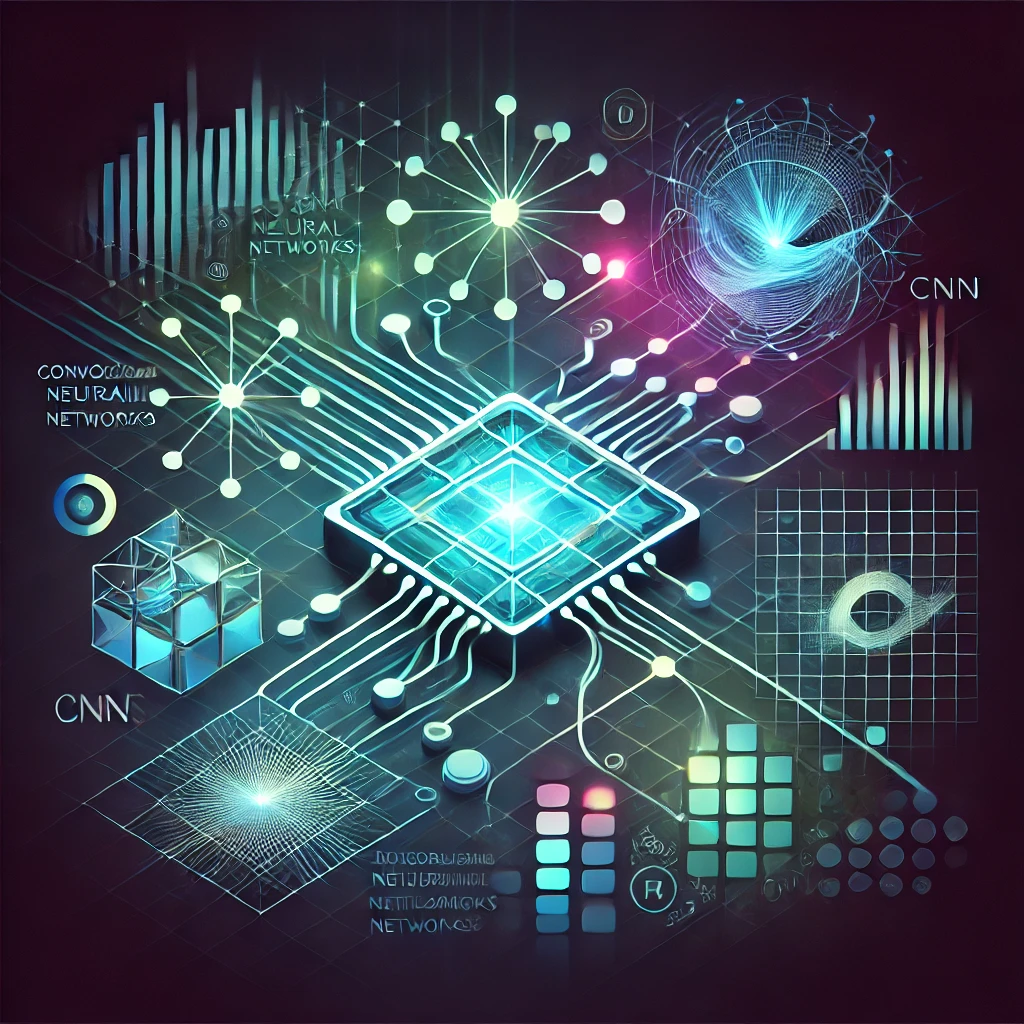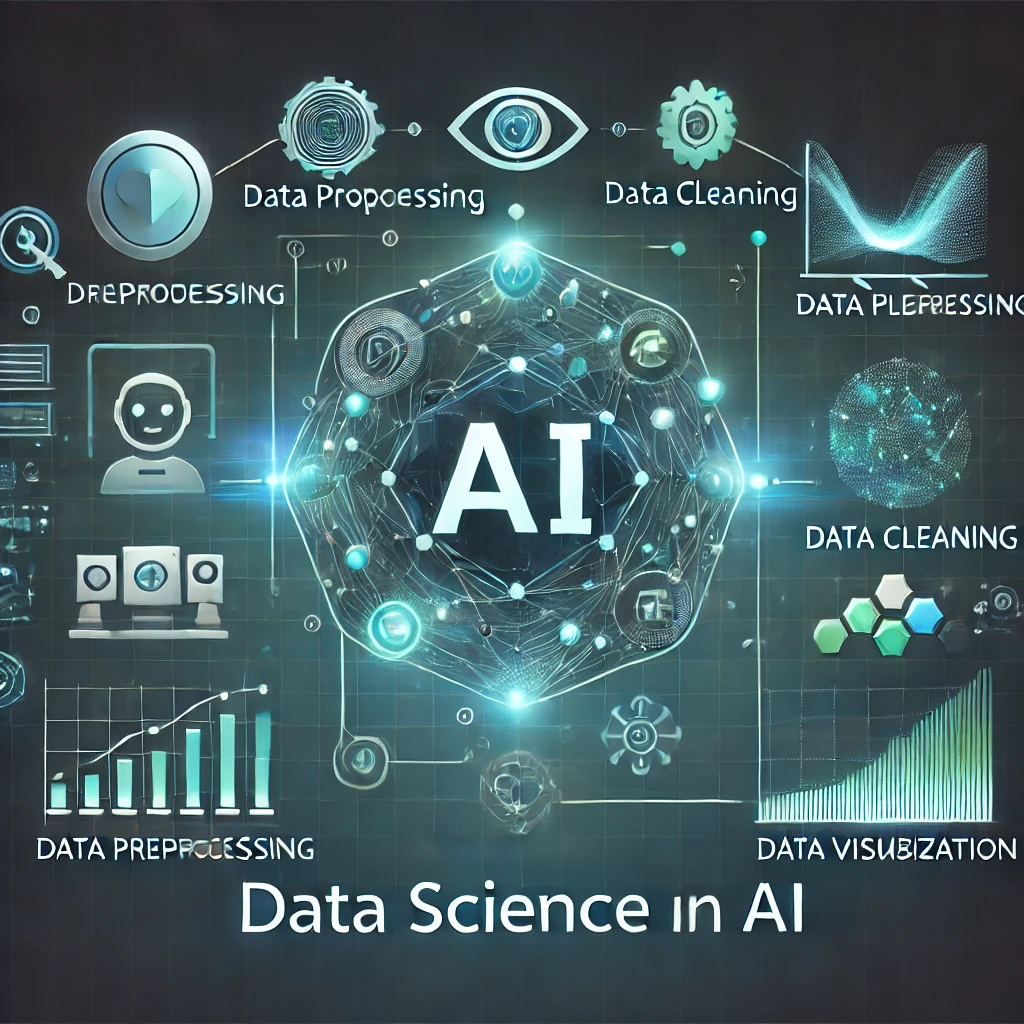Core Concepts in AI: Algorithms, Data Processing, Supervised vs. Unsupervised Learning, and Neural Networks
As Artificial Intelligence (AI) rapidly advances, understanding the fundamental concepts that power this field becomes essential. AI systems rely on specific algorithms, sophisticated data processing, and different learning models to accomplish complex tasks. This blog post dives into four core concepts of AI: algorithms, data processing, the differences between supervised and unsupervised learning, and the workings of neural networks.
1. Algorithms: The Building Blocks of AI
At the heart of every AI system are algorithms, which are sets of rules or instructions that enable machines to process information and make decisions. In AI, algorithms are crafted to learn from data, identify patterns, and perform tasks autonomously.
Types of AI Algorithms:
- Search Algorithms: Used in problem-solving and navigation, helping systems like Google Maps find optimal routes.
- Optimization Algorithms: Fine-tune solutions for maximum efficiency, commonly used in logistics and resource allocation.
- Classification Algorithms: Sort data into categories, essential for applications like spam filtering in email or image recognition.
- Regression Algorithms: Predict continuous outcomes (e.g., housing prices) and are widely used in forecasting.
AI algorithms are powered by statistical and mathematical principles, making them capable of evolving as they are exposed to more data, a process known as learning.
2. Data Processing: Preparing Data for Intelligent Insights
Data is the lifeblood of AI. But data in its raw form often includes noise, inconsistencies, or irrelevant information. Data processing is the vital step that transforms raw data into a clean, structured, and meaningful format that AI algorithms can understand.
Data Processing Stages:
- Data Collection: Gathering data from various sources, whether through sensors, databases, or online forms.
- Data Cleaning: Removing inaccuracies, duplicates, and irrelevant information to ensure the data’s quality.
- Data Transformation: Converting data into formats suitable for analysis, which might involve encoding categorical variables or scaling values.
- Data Integration: Combining data from multiple sources, enabling richer insights by providing a complete picture.
Effective data processing enables AI systems to learn faster, make more accurate predictions, and reduce biases in decision-making. The quality of an AI model’s output is largely dependent on how well the input data has been processed.
3. Supervised vs. Unsupervised Learning: Different Approaches to Machine Learning
In machine learning (ML), the approach used to train algorithms is critical, and the most commonly used types of learning are supervised and unsupervised learning.
Supervised Learning
In supervised learning, the AI model is trained on labeled data—data that includes input-output pairs, where each input has a corresponding correct output. The algorithm learns by comparing its predictions to the correct answers and adjusts to minimize errors.
Examples of Supervised Learning:
- Image Classification: Training a model to recognize images by feeding it thousands of labeled images (e.g., labeled as “cat” or “dog”).
- Spam Detection: Using labeled emails to train a system that can identify spam versus non-spam messages.
Supervised learning is commonly used when you have a clear target output and a large dataset with correct labels.
Unsupervised Learning
In unsupervised learning, the AI model is trained on data without predefined labels. The algorithm tries to uncover patterns, clusters, or structures within the data on its own. This approach is useful for finding insights when there’s no prior knowledge of the target outcome.
Examples of Unsupervised Learning:
- Customer Segmentation: Identifying distinct groups of customers based on purchasing behavior.
- Anomaly Detection: Detecting unusual patterns or outliers in data, often used in fraud detection or network security.
Choosing Between Supervised and Unsupervised Learning:
- Supervised Learning: Preferred when labeled data is available and the goal is a specific prediction or classification.
- Unsupervised Learning: Ideal when exploring unknown patterns, relationships, or groupings within unlabeled data.
4. Neural Networks: The Foundation of Deep Learning
Neural networks are a cornerstone of modern AI and the primary technology behind deep learning. They are inspired by the human brain, with artificial neurons (or nodes) interconnected in layers to process data and make decisions.
Structure of a Neural Network
A neural network typically consists of:
- Input Layer: Receives the raw data.
- Hidden Layers: Process data through weighted connections, applying transformations and learning patterns.
- Output Layer: Provides the final prediction or decision.
Each connection between nodes has an associated weight, which adjusts as the network learns. The power of neural networks lies in their ability to learn complex patterns, especially in large datasets, without explicit programming for each task.
Types of Neural Networks:
- Convolutional Neural Networks (CNNs): Designed for image and video recognition, CNNs use a series of convolutional layers to identify visual patterns.
- Recurrent Neural Networks (RNNs): Used for sequential data like time series or text, RNNs are designed to retain information from previous steps.
- Generative Adversarial Networks (GANs): Consist of two networks (generator and discriminator) working against each other, often used to create realistic images or generate data.
Neural networks have enabled breakthroughs in image recognition, language translation, and even creative tasks like art generation.
Conclusion
The field of AI may seem complex, but by breaking it down into core concepts—such as algorithms, data processing, supervised vs. unsupervised learning, and neural networks—it becomes more accessible. These foundational elements allow AI to analyze data, uncover patterns, and make autonomous decisions.
As AI technology continues to evolve, these core concepts will remain central to understanding and developing the systems that will shape our future. Whether you’re a developer or an enthusiast, grasping these basics is the first step toward exploring the potential and limitations of artificial intelligence.
